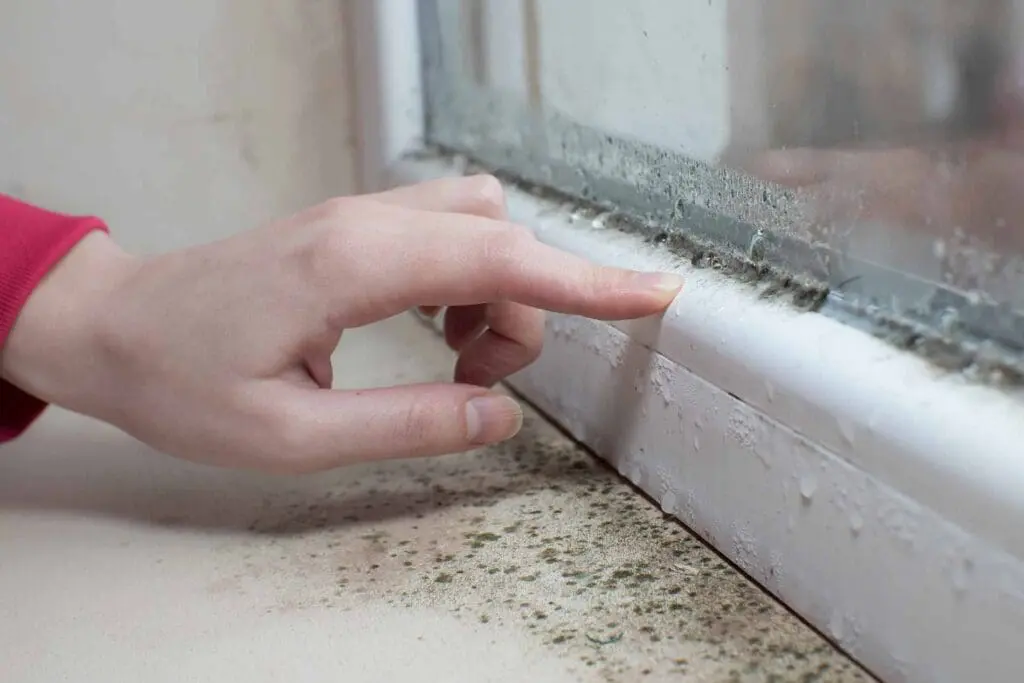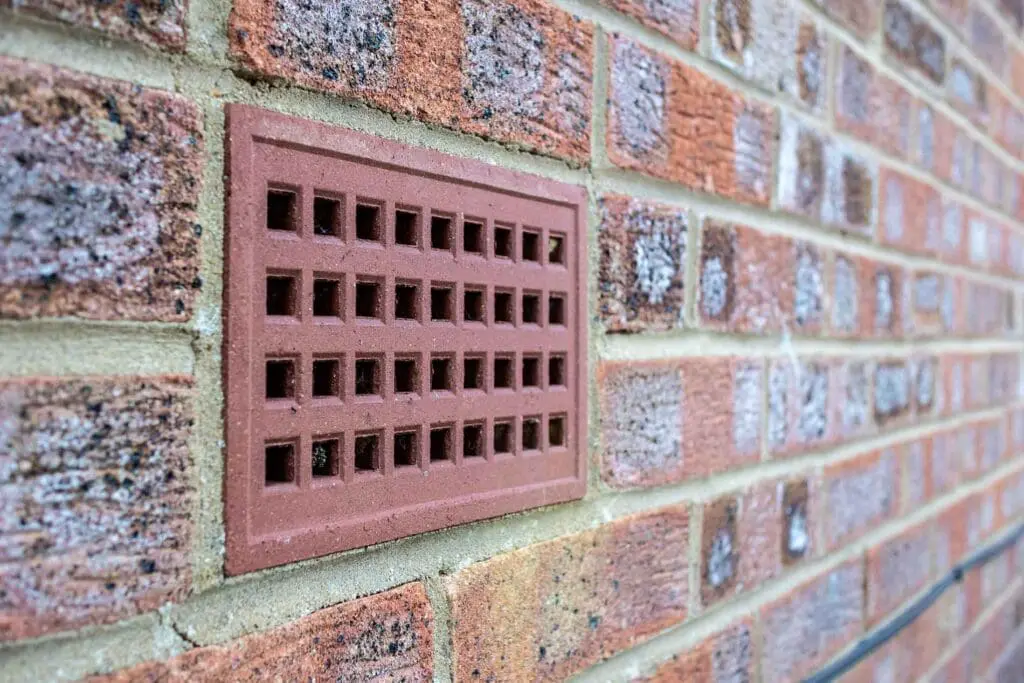Exit holes
Small, round holes in wooden surfaces. Fresh holes will have clean, sharp edges and may have fine dust around them. The size and shape of exit holes can vary depending on the beetle species.

Woodworm and dry rot are two of the most common and destructive threats to wooden elements in buildings.
Protect your property with our woodworm and dry rot treatments. We can identify, treat, and prevent timber decay, ensuring your wooden structures remain intact and strong for years to come.
Left unchecked, woodworm and dry rot can cause extensive damage, compromising the integrity of your property and leading to costly repairs.
Small, round holes in wooden surfaces. Fresh holes will have clean, sharp edges and may have fine dust around them. The size and shape of exit holes can vary depending on the beetle species.
Fine, powdery dust near exit holes or beneath infested wood. Often mistaken for sawdust, frass is actually a mixture of wood particles and beetle excrement!
Presence of small beetles, especially during spring and summer months when they emerge. Common furniture beetles are typically 3-5mm long and brown in colour. Other species may vary in size and appearance.
Wood that has been affected by dry rot becomes dry and crumbly. It may appear darker than surrounding wood and break easily when touched.
White or grey, cotton-like growths on wood surfaces often found in dark, poorly ventilated areas. The mycelium can spread across non-wood surfaces, including plaster and masonry.
Large, fleshy structures that resemble mushrooms, usually rusty-red in colour. Can grow up to 300mm in diameter and produce millions of spores.

Ensure good air circulation throughout your property, especially in basements, attics, and crawl spaces. Install vents or fans in areas prone to moisture buildup. Keep furniture slightly away from walls to allow air to circulate.
Use dehumidifiers in damp areas to maintain relative humidity below 60%. Fix any leaks promptly, including roof leaks and plumbing issues.
Keep plants and shrubs trimmed away from exterior walls to prevent moisture retention. Ensure proper drainage in garden areas adjacent to the building.
Clean gutters and downpipes regularly to prevent water overflow and seepage into walls. Ensure proper alignment and repair any damaged sections promptly.
When woodworm or dry rot infestations are identified, professional treatment is often necessary to effectively eradicate the problem and prevent further damage. Here are the primary treatment options offered by reputable preservation companies.
Application of professional-grade insecticides to affected and surrounding areas – effective for treating visible infestations and preventing future attacks.
Infected timber is removed, often extending to 1 meter beyond visible signs of rot. This step is crucial to prevent the spread of the fungus to healthy wood. Surrounding areas are treated with fungicides to prevent further spread.
Severely damaged wood is replaced with new, pre-treated timber.
In structural applications, this process may involve temporary support structures. Replacement timber is often treated with preservatives to prevent future infestations.
Installation of ventilation systems or dehumidifiers to create an environment unsuitable for woodworm and dry rot. Implementation of damp-proofing measures to prevent future moisture ingress. May include the installation of vapour barriers or improved insulation to manage humidity levels.